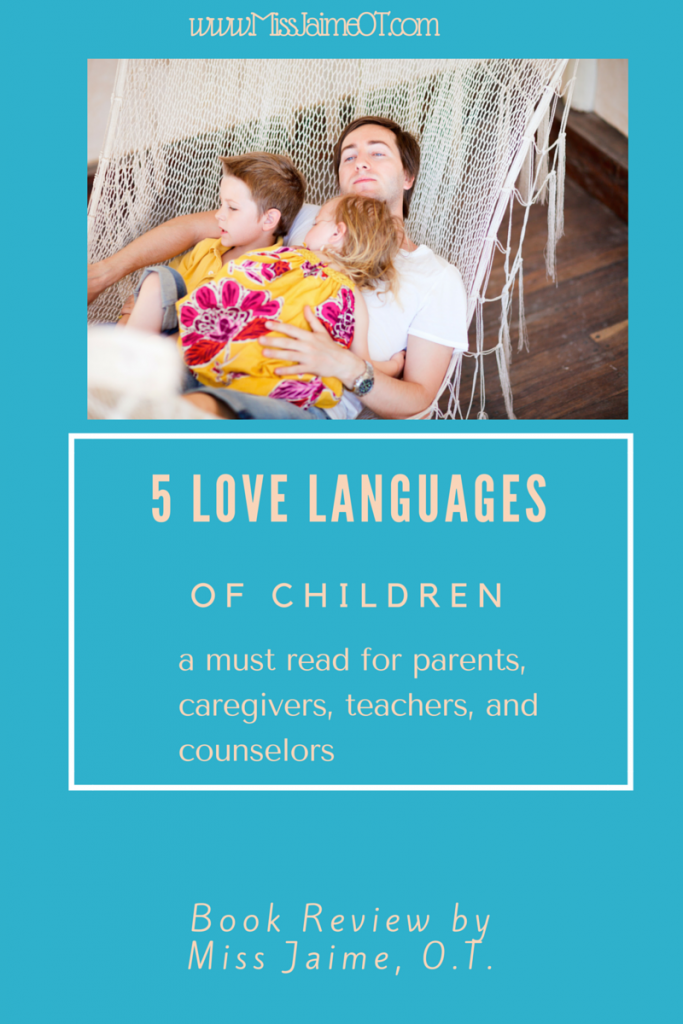This Love Language post is part of a blog hop all about LOVE for Valentine’s Day! Check out the landing page for lots of other “LOVEY” posts! Also, get 30+ Valentine’s ideas and activities, links are below…
Love is in the Air!
Do You Know Your Child’s Love Language? Do you know YOUR Love Language?
Understanding your child’s Love Language can help you to have a better relationship with your child, improve your parenting skills, and make sure that you understand your child’s behaviors. I’ve been wanting to read the 5 Love Languages of Children ever since I read the original 5 Love Languages because it totally made me understand people in a different way. After learning about the Love Languages, I was able to help my friends see a different layer of a fight with their spouse. Annoyed with your spouse because he spends all his free time in the yard? You pick out the perfect Christmas gift but he gets you a vacuum? It’s because you aren’t expressing your “Love” in the right language. Isn’t that interesting?
The 5 Love Languages of Children…A Book Review
| The 5 Love Languages of Children |
When I learned that there’s a Love Languages book about Children, I thought that reading it would make me a better therapist. Understanding a child’s behavior can really help you to reach them in the best possible way. Then I thought I’d love to tell my readers about this book, too.
Does your child constantly lay on you or put their hands in your hair? Do they constantly say “Mom, watch what I’m doing?” Do they always bring you little presents?
Children’s everyday actions may be telling you what their love language is. There are five (5) love languages. They are:
1. Quality time |
2. Acts of service |
3. Physical touch |
4. Gifts |
5. Words of affirmation |
Understanding your child’s love language (and your own) can help you to interact with them and to make sure you are showing them your love in THEIR Love Language. This book focuses on a child’s need for unconditional love and how to provide it to them.
Here is a quick explanation of each language:
- Quality time: A person prefers spending time with you doing something (a craft, making dinner, talking, etc.). Quality time can mean having a snack together, reading a book together, or planning a special date to spend time together.
- Acts of Service: A person prefers that you do something for them. When you complete an “act of service for them”, such as making their favorite dinner, making sure their soccer uniform is ready for the big game, or helping them paint their room, that is an act of service.
- Physical Touch: This person needs lots of hugs, wrestling, hand-holding, and snuggling.
- Gifts: A person whose primary Love Language is Gifts relishes in little things that were bought specially for them. They see gifts as a powerful expression of love.
- Words of Affirmation: Children who feel most loved when they hear praise, encouragement, and specific compliments have a primary Love Language of Words of Affirmation.
Figure out your Child’s Love Language to Understand their Behavior
Everybody wants to feel loved and everyone has different ways of showing their love. The 5 Love Languages of Children makes many seemingly insignificant behaviors seem very clear. “Ohhhh…that’s why he’s always poking me and covering my eyes! That’s why he’s always asking to “do something with me.” Understanding your child’s love language can help both you and your child to communicate more clearly.
Ever wonder why one child gets super excited about a gift and the other child doesn’t seem to care? One child craves hugs and kisses but their sibling doesn’t? It’s because they have different love languages!
I recommend this book to ANY parent. It can help you to understand your child’s actions and help you to make sure their emotional need for love is being met. It can also help you to discipline and reward your child in the way that is most effective for them.
Children who are considered “sensory seekers” are often bumping or laying on people. Sensory Defensive children avoid touch and withdraw. As an OT, this book made me wonder, “What if their love language is Physical Touch?” How do you give your child the proper amount of sensory input and the proper amount of Love? hmmm.
Overall, I think this book is AMAZING and I recommend it to parents and anyone who works with children. I also think it would be awesome for counselors. It really makes you look at a child’s actions in a different light. If you think it sounds interesting, check out these other books about the Love Languages. I swear they really make you see people’s actions in a different way.
The Five Love Languages Series…
 |
 |
 |
| The 5 Love Languages of Children | The 5 Love Languages of Teenagers | The 5 Love Languages |
Check out the rest of the wonderful posts in the LOVE blog hop!

“1. Love Coupons from KiddyCharts
2. Valentine Fine Motor Sensory Bin from Adventures Of Adam
3. Love Bug Craft from Play & Learn Everyday
4. Love Tot Pack from Kori at Home
5. Books About Love from Learning by Design
6. Doodle Heart Painting from Flash Bugs Studio (pictured bottom right and bottom right on square image)
7. Painted Heart Garland for Preschoolers from Craft Create Calm
8. Fingerprint Heart Art from Teach Beside Me
9. DIY Friendship Love Bracelet from Living Ideas (pictured bottom left and bottom left on square image)
10. 6 Simple Date Ideas from Great Googa Moogas
11. Fingerprint Heart Keepsake from Messing Little Monsters
12. Book Review – 5 Love Languages from MissJaimeOT
13. Newspaper Heart Garland from Kitchen Counter Chronicles (pictured top)
14. Sign Language Love Artwork from Pray Species
15. Geeky Valentine’s day Chocolates from Two Married Geeks
16. Sweet Hearts to Sew from Coloured Buttons
17. Valentines invitation to Play from My Bored Toddler
18. Valentine’s day Tracing Worksheets from Living Life and Learning (pictured middle left and middle left on square image)
19. Using mindmaps and thinking routines to explore the concept of love from Smart Tinker
20. Foil Heart Painting from Crafts on Sea (pictured middle right and middle right on square image)
21. Free Valentine’s Day Printable Pack for Preschoolers from Best Toys 4 Toddlers
22. Valentine’s Day Game from Books and Giggles
23. Conversation Heart Goop from Raising Little Superheroes
24. Easy Carved Love Stamps for Kids from The Usual Mayhem
25. 14 Days of Love Notes from There’s Just One Mommy
26. Kite Valentines Card from KiddyCharts
27. Valentines Biscuits – Heart Shaped Frozen Yoghurt Sandwiches from KiddyCharts
28. 7 Healthy Ways to Show Your Family LOVE This Valentine’s Day from Shrinking Momster
29. Sandy Hearts Sensory Play from Simple Fun for Kids
30. 50+ Awesome Valentines Day Printables for Kids from KiddyCharts”
[/et_pb_text][/et_pb_column][/et_pb_row][/et_pb_section]

This sounds like a really interesting, and helpful read. I totally agree on the positive affirmation, and being specific as well. So easy to say, “I love that picture”, but so much better to say “That picture is great, I really like the contrast between the colours in the sky and in your tree.!” Thanks for taking part in the Love Blog Hop.
It IS a Great book, Helen! Thanks for reading!
My son definitely seeks touch — he slips in our bed most nights. I need to figure out my daughter’s love language. It sounds like a great book!
I have two copies of the original book but this would be so helpful as we learn my daughter’s love languages. It’ll be interesting to see if she’s like her mom (acts of service) or her dad (touch).
What an interesting way of looking at it – this makes so much sense! I think my daughter prefers to do things with us. Sure, she’ll never turn down a gift, but it’s togetherness that she seems to crave the most!
It really IS an interesting way to look at your child’s behavior. I really liked that part where it talks about how to tailor your rewards/ punishments around their love language.
I agree! The concept behind the book is very interesting, and makes so much sense!